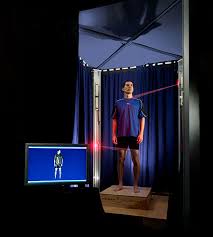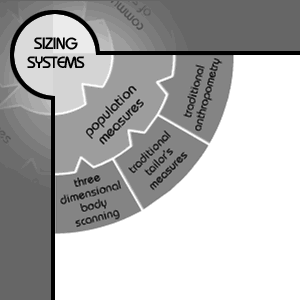This is an online database by Matthew P. Reed, the Head of Head of the Biosciences Group of the University of Michigan Transportation Research Institute.
Read More"For purposes of this [research], body dimensions and mobility descriptions are limited to the range of personnel considered most likely to be space module crewmembers and visiting personnel. It is assumed that these personnel will be in good health, fully adult in physical development, and an average age of 40 years. A wide range of ethnic and racial backgrounds may b represented, and crewmembers may be either male or female." -NASA
Read MoreAnthropometry is a branch of anthropology concerned with comparative measurements of the human body and its parts as well as the variables which impact these measurements. Anthropometric data consists of collections of measurements, often presented in tabular format or annotated diagrams of human figures. The primary dimensions measured are of bone, muscle, and adipose tissue. This data is used in human factors/ergonomics applications in order to ensure that designs and standards are realistic." - Tufts
Read MoreDiscusses history, methods, and challenges of sizing systems in the apparel industry. (And hundreds of references for a deeper dive.)
"Providing clothing that fits the population is a critical issue for any designer and manufacturer of apparel. These documents provide an introduction to the issues related to this process with links to references on each topic.
There is no common agreement on terminology to describe the methods or systems that have been developed to provide a range of sizes to fit the population. For the purposes of this set of documents a sizing system will be defined as a set of sizes derived using common assumptions and methods of development, and size categories within a system will be defined as the various groupings of sizes as they would be presented in a retail situation. Thus the sizing system most commonly used for ready-to-wear in the United States makes use of a base size, often fitted to a fit model, and a set of sizes proportionately graded from this size."
Read More



